Shandong Province

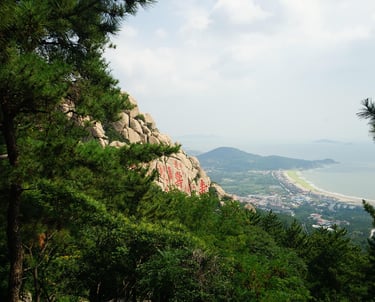
Introduction
Shandong Province, located on China’s eastern coast along the Yellow Sea and Bohai Bay, is one of the country’s most strategically and culturally significant regions. With over 101 million residents, it combines fertile plains, rugged mountains, and a long coastline, creating a landscape where agriculture, trade, and urban development intersect. The province is also known as the birthplace of Confucius and Mencius, giving it a deep and lasting influence on Chinese philosophy and culture.
Cities like Jinan, Qingdao, and Qufu illustrate Shandong’s mix of history and modernity.
Shandong’s coastal position and fertile valleys have historically supported commerce, fishing, and agriculture, giving the province an economic weight that complements its cultural and philosophical heritage.


Geography and Key Cities
Shandong stretches from the fertile North China Plain in the west to the Laoshan Mountains and the coastline along the Yellow Sea in the east. Its western border follows the Yellow River, while a network of rivers, lakes, and irrigation channels creates some of China’s most productive agricultural land. The climate is temperate monsoon, bringing hot, humid summers and cold, dry winters, influenced by both continental conditions and maritime breezes from the sea.
The provincial capital, Jinan, is a transport, administrative, and industrial center, known for its spring-fed lakes and cultural heritage.
Qingdao, on the coast, thrives as a major port city, famous for its beer, seaside resorts, and international trade.
Qufu, the hometown of Confucius, preserves a rich cultural and philosophical legacy, with temples, ancestral halls, and annual festivals drawing visitors from across China and abroad. Other notable cities include
Yantai, renowned for its fruit orchards and coastal commerce, and Weifang, celebrated for its kite-making traditions and artisanal crafts.

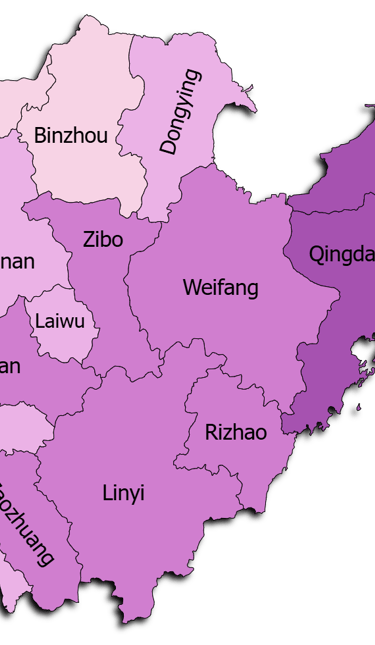


Shandong has a rich and varied history. The region was central to the development of Confucianism, with Qufu as the birthplace of Confucius, and has been significant since the Zhou dynasty. The Yellow River’s fertile plains supported early agriculture and settlement, while coastal trade connected Shandong to other parts of China and beyond.
Throughout its history, Shandong witnessed dynastic changes, wars, and foreign influence, particularly during the colonial concessions in Qingdao. In modern times, the province played a key role in the 1911 Revolution, the Second Sino-Japanese War, and early industrial development. Today, Shandong blends ancient culture, philosophy, and coastal commerce with modern growth.
Historical Background




Nature and Landmarks
Shandong brings together fertile plains, rugged mountains, and a long coastline, creating a province rich in both natural beauty and cultural heritage.
The Laoshan Mountains rise dramatically along the coast, home to Taoist temples, natural springs, and hiking paths, while the Yellow River delta supports agriculture and wetland ecosystems that attract migratory birds. Along the coast, cities like Qingdao, Yantai, and Rizhao combine beaches, fishing ports, and scenic maritime landscapes.
Cultural landmarks are equally prominent. Qufu, the birthplace of Confucius, preserves temples, ancestral halls, and cemeteries that continue to draw pilgrims and tourists. Jinan is known for its Baotu Spring, historic gardens, and urban parks, reflecting centuries of local history. Mount Tai (Taishan), a UNESCO World Heritage site, offers steep pilgrimage routes, ancient temples, and panoramic views, symbolizing spiritual and cultural continuity. Across smaller towns and villages, traditional architecture, handicrafts, and seasonal festivals maintain local identity.
These landscapes highlight Shandong’s dual character, where sacred mountains, rivers, and historical sites coexist with urban centers, modern industry, and coastal commerce.




Culture and Cuisine
Shandong’s culture reflects its historic significance as the birthplace of Confucianism and its long-standing role as a coastal hub for trade, philosophy, and the arts. Architecture across the province mirrors this mix, from Confucian temples and ancestral halls in Qufu to colonial-era seaside buildings in Qingdao, combining religious, historical, and maritime influences.
Festivals and traditions remain lively, including temple fairs, kite festivals, folk opera, shadow plays, and martial arts performances, illustrating how Shandong blends intellectual, spiritual, and popular culture.
Language and traditional arts reinforce regional identity. Mandarin (Jilu dialect) dominates, while local dialects preserve centuries-old linguistic traditions. Paper-cutting, shadow puppetry, embroidery, kite-making, and folk opera continue to reflect Shandong’s philosophical, agricultural, and coastal heritage.
Cuisine is a defining part of Shandong’s identity, emphasizing wheat, seafood, and bold, savory flavors, combining hearty staples with fresh coastal ingredients. Signature dishes include Jinan-style baozi, small steamed buns with rich fillings; Dezhou braised chicken, slow-cooked and aromatic; fresh seafood such as clams, prawns, and steamed fish along the coast; pork and cabbage dumplings, a northern staple; sweet and sour carp, highlighting freshwater fish; Qingdao beer and seafood snacks, tied to the province’s brewing and trading history; and scallion pancakes and fried wheat cakes, reflecting traditional northern cooking.
Compared with southern provinces, Shandong cuisine is heartier and bolder, combining wheat-based staples, strong flavors, and fresh seafood.
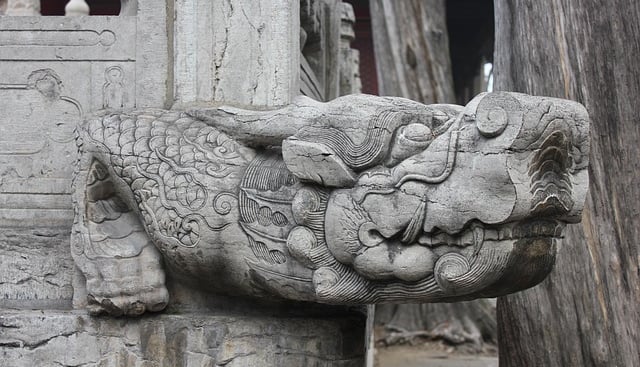



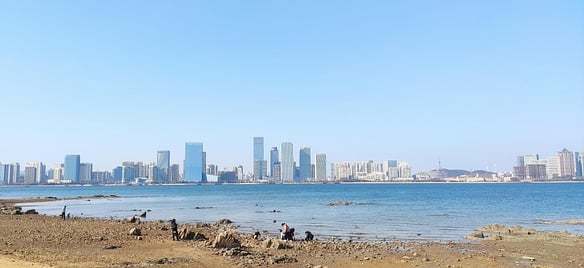

Economy and Modern Development
Shandong is a major economic hub in eastern China. Coastal cities like Qingdao, Yantai, and Rizhao host ports, shipping, and seafood industries, while inland cities such as Jinan and Weifang focus on machinery, electronics, and agriculture. Tourism around Mount Tai, Confucius sites, and coastal resorts also contributes significantly.
Historically, Shandong’s economy grew from fertile plains and river trade, later expanding via maritime commerce and early industrialization in Qingdao and Jinan. Despite rapid urbanization, Shandong maintains strong cultural traditions, balancing modern growth with heritage, while its ports, industrial zones, and research institutions ensure continued development and national connectivity.

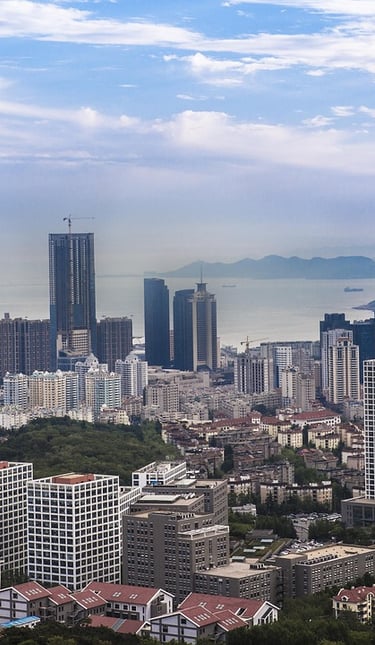
Shandong has produced influential figures across philosophy, politics, literature, and science. Ancient sages include Confucius and Mencius, whose teachings shaped Chinese society for millennia, while later poets, scholars, and officials flourished in Qufu, Jinan, and surrounding towns.
The province is also renowned for martial arts masters, craftsmen, and folk performers, reflecting both spiritual and cultural practice. In modern times, Shandong has contributed scientists, educators, reformers, and athletes who continue to embody its intellectual, cultural, and coastal legacy.
People and Notable Figures
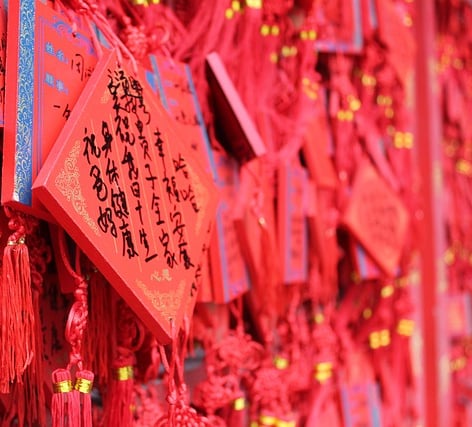

Current Trends and Daily Life
Daily life in Shandong reflects a mix of modern urban energy and enduring rural traditions. In Jinan, people work in education, services, manufacturing, and cultural sectors, shop in bustling markets and shopping streets, and enjoy city parks and lakes. Outside the major cities, towns and villages continue to focus on agriculture, seafood harvesting, and traditional crafts, maintaining rhythms shaped by both season and geography.
Festivals and community events remain an important part of life. Temple fairs, kite festivals, and folk performances bring people together, celebrating local history, agricultural cycles, and coastal culture. These events keep ancient customs alive, even as towns modernize.
While some residents move elsewhere for work or education, Shandong maintains strong local industry and economic activity, from port logistics in Qingdao to technology and tourism in Jinan and Yantai.
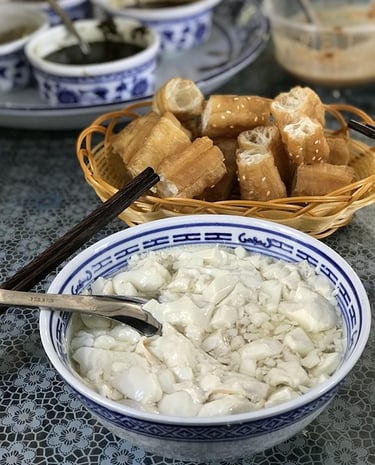

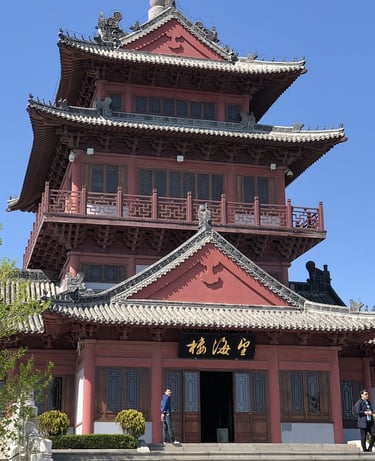

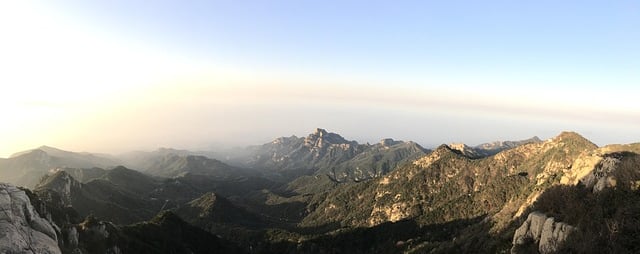

Practical Travel and Tips
Best time to visit: Spring and autumn offer mild weather and blooming landscapes, summer is warm and humid, and winter is cold and dry
Getting there: Jinan and Qingdao are major transport hubs with high-speed rail, highways, and international airports, making the province accessible from most Chinese cities
Highlights: Mount Tai, Qufu Confucius Temple, Baotu Spring, Qingdao beaches, Yantai coast, Weifang kite festival
Local etiquette: Respect temples, follow festival customs, and be mindful of coastal and northern dining traditions
Insider tip: Try Dezhou braised chicken or sweet and sour carp, explore city walls and temples at sunrise, and visit Qingdao for coastal walks and beer tasting.








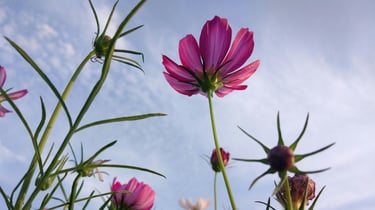





Climate
Plant and animal life
Agriculture
Manufacture
Shandong has a temperate monsoon climate, with hot, humid summers and cold, dry winters. Rainfall is concentrated in the summer, often causing short but intense showers, while spring and autumn are mild and comfortable.
Compared with inland provinces, Shandong is more humid and influenced by the Yellow Sea, moderating temperature extremes along the coast. Winter snow is occasional, particularly in northern areas, while summer heat in cities such as Jinan can exceed 35°C.
Seasonal variations influence agriculture, tourism, and daily life, with coastal breezes providing relief from summer heat and autumn winds bringing clear, crisp skies.
Shandong’s geography includes fertile plains, hills, and a long coastline, supporting diverse ecosystems.
Coastal wetlands and bays are home to crabs, shellfish, migratory birds, and waterfowl, while inland forests and hills shelter pine, cypress, and oak, along with deer and foxes.
The province’s flora and fauna are closely linked to both river systems and marine environments, offering more biodiversity than arid northern provinces.
Compared with central or western provinces, Shandong’s combination of plains, hills, and coastal areas creates a unique ecological balance between land and sea.
Shandong is one of China’s leading agricultural provinces, producing wheat, corn, peanuts, cotton, and vegetables, with rice grown in irrigated southern regions.
The coastal plains support aquaculture, including fish, shrimp, and shellfish, while fruits such as apples, pears, and peaches are cultivated in hilly areas.
Compared with inland provinces, Shandong’s agriculture emphasizes both grain production and maritime farming, leveraging fertile soils, abundant water, and coastal resources.
Shandong combines heavy industry, modern manufacturing, and maritime commerce.
Cities like Qingdao and Yantai host shipbuilding, petrochemical, electronics, and food processing industries, while Jinan and Weifang focus on machinery and high-tech sectors.
Tourism around Mount Taishan, Qufu (Confucius’s hometown), and coastal resorts adds economic value.
Compared with provinces centered solely on agriculture, Shandong’s economy is diversified, integrating traditional industries, modern manufacturing, and cultural tourism.
Navigation
Main Menu
nathan.china-sphere.com
© 2025. All rights reserved.